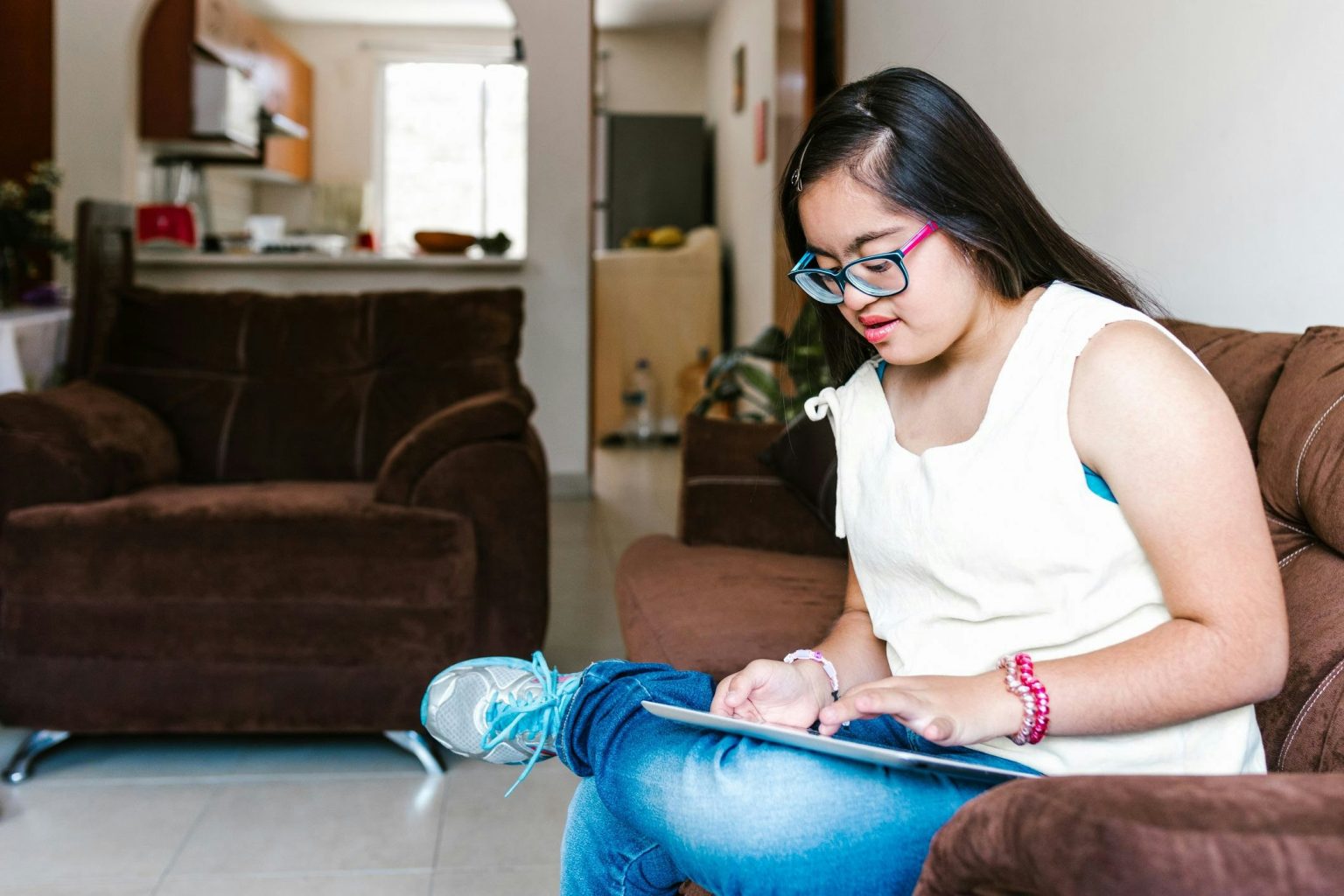Australia’s Social Media Shake-Up: Navigating the Impact on Teens with Disabilities
Australia is poised for a significant shift in its social media landscape. Starting December 2025, individuals under 16 will be prohibited from creating or maintaining accounts on popular platforms like Facebook, Instagram, TikTok, Snapchat, and X (formerly Twitter). This move, aimed at safeguarding young people from online risks, has sparked considerable debate, particularly concerning its potential impact on teenagers with disabilities. For many of these young people, social media serves as a vital lifeline, facilitating connection, support, and a sense of belonging within a community that understands their unique experiences.
The Importance of Social Media for Teens with Disabilities
Social media platforms have become increasingly crucial for teenagers with disabilities, offering accessible avenues for socialization, sharing experiences, and forging friendships. This is particularly true for those who face barriers to traditional social interactions. Organizations such as Children and Young People with Disability Australia (CYDA) have voiced concerns about the potential isolating effects of the ban. CYDA’s CEO, Skye Kakoschke-Moore, emphasizes that these platforms provide one of the few truly accessible ways for young people with disabilities to build connections and find community. These digital spaces often offer a refuge where neurodivergent teens, including those with autism spectrum disorder or attention-deficit hyperactivity disorder, can navigate social interactions with greater ease and comfort than in face-to-face settings. Removing access to these platforms could exacerbate feelings of isolation and negatively impact their mental well-being.
Supporting Teens Through the Transition: A Proactive Approach
While the impending changes may feel daunting, there are proactive steps parents and caregivers can take to ensure their teens remain connected and supported. Open communication is paramount. Initiating conversations early on allows teens to express their feelings and concerns without judgment. Acknowledging the potential for upset and frustration validates their emotions and fosters a sense of understanding. Exploring alternative platforms designed with accessibility and inclusion in mind can provide alternative avenues for connection. Platforms like Alvie, a social network specifically designed for people with disabilities, e-Buddies, a platform facilitating online friendships between individuals with and without intellectual or developmental disabilities, and The A List, a platform connecting autistic and neurodivergent young people, offer promising alternatives.
Beyond the Digital Realm: Fostering Offline Connections
Encouraging participation in offline activities can further mitigate the potential impact of the social media ban. Real-world experiences provide opportunities to develop social skills, build friendships, and engage in shared interests. Organizations like The Connectors Group, which focuses on enhancing social and emotional skills for neurodiverse individuals, and The Disability Trust, which offers a range of programs promoting socialization, skill development, and creative expression, can provide valuable support. These programs provide structured environments that cater to the specific needs of individuals with disabilities, fostering a sense of belonging and promoting positive social interactions.
Empowering Through Information: Accessing Resources and Support
Equipping both teens and their families with reliable information is essential for navigating this transition effectively. Organizations like Headspace offer valuable guidance for families grappling with the social media ban, providing practical strategies and support resources. The eSafety Commissioner also provides crucial information about online safety and the new regulations, empowering families to make informed decisions and navigate the digital landscape safely. Staying informed about available resources and support networks can significantly ease the transition and ensure teens continue to thrive in a changing digital world. These resources provide a wealth of information, practical tips, and expert advice to help families navigate the challenges and opportunities presented by the social media ban.
Navigating the Future: A Collaborative Approach
The social media ban represents a significant shift in the digital landscape, and it’s natural for families to feel apprehensive about its implications, particularly for teens who rely on online spaces for connection and support. However, by adopting a proactive approach, maintaining open communication, exploring alternative platforms and offline opportunities, and accessing reliable information, families can navigate this transition effectively. With the right support and resources, teens with disabilities can continue to flourish socially and emotionally, even in a changing digital world. This collaborative approach, involving open communication, exploration of alternatives, and utilization of available resources, can empower teens with disabilities to thrive in the evolving digital landscape.


